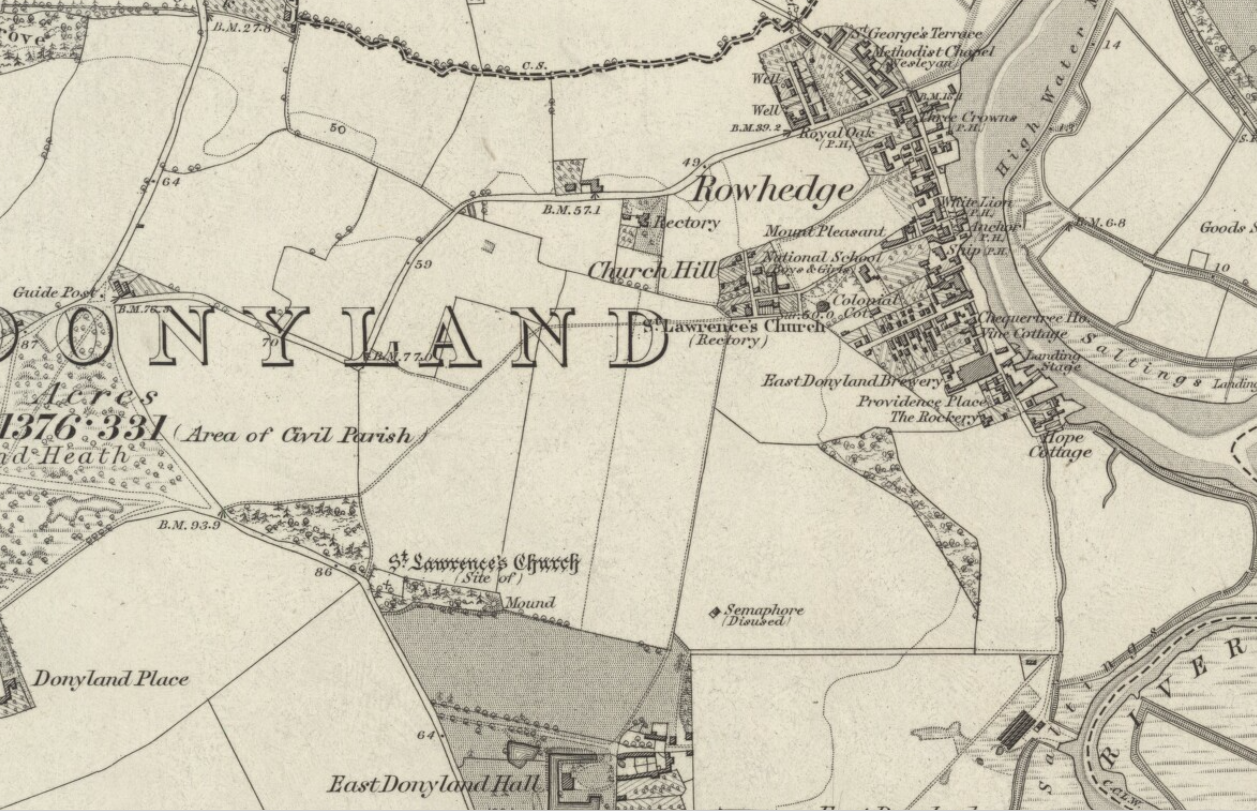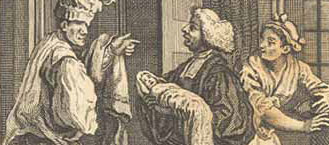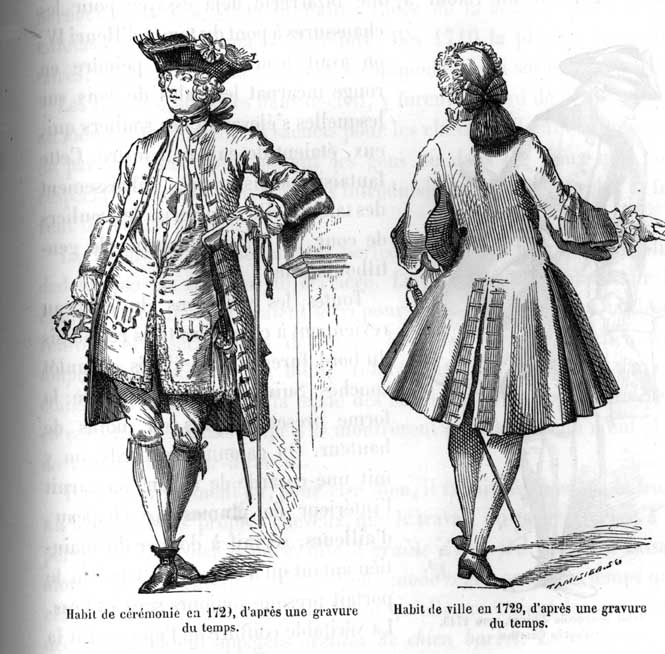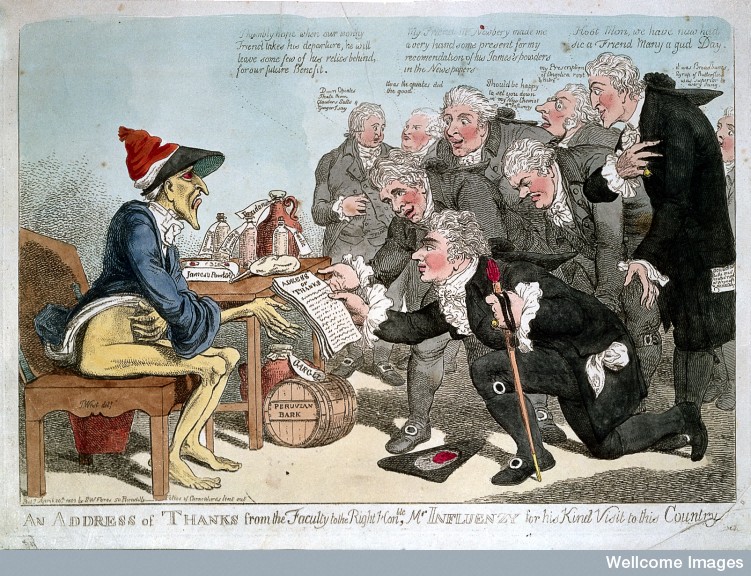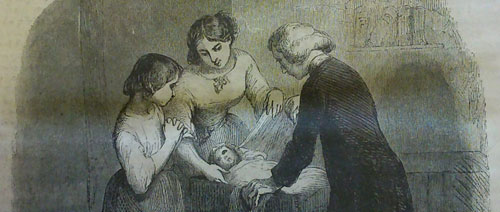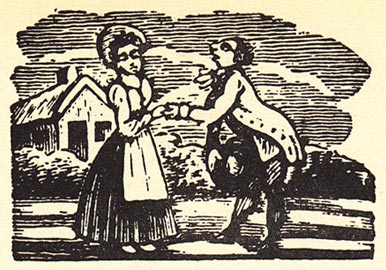
While transcribing the marriages for Kirby-le-Soken, I found a surprising note left in the margin by the vicar:
5th wife! Buried 20th March 1831.
This was the marriage of George Butler, a widower, to Mary Ann Norgate, a widow from Walton, on 23rd October 1828.
Needless to say, I found this intriguing, and decided to find out more.
Let me take you back to 1771, when Joseph and Sarah Butler baptised their son George in Thorpe-le-Soken. Aged 23, on 26 August 1794, George married Wife #1 in Little Clacton – a woman called Elizabeth Webb. Unfortunately there are no marital statuses in the register, but we do know that both of them were Little Clacton residents. On 31st May 1795, they baptised their child James. Elizabeth Butler was buried at Little Clacton on 11th January 1802, aged 25.
Almost eight years later, on 18th April 1802, George was strutting down the aisle of Little Clacton St James, to marry his second wife, a spinster called Elizabeth Lucas. At least, with both wives having the same first name, he couldn’t cause a drama if he accidentally called Wife #2 by Wife #1’s name. Evidently quite taken by the name Elizabeth, the couple’s daughter by that name was baptised on 6th April 1803. Susan, their second daughter, was baptised in 1822 just before her confirmation, but she had been born in 1805. Mary, a third daughter, was baptised on 11th June 1807.
Sadly for George, his second wife died at the age of 29, and was buried in Little Clacton on 16th July 1807. So, on 26th January 1809, less than seven years after his last wedding, George stood at the altar rails of St James once again, taking another spinster, Sarah Taylor, to be his lawfully wedded wife.
His third marriage was short-lived as he was married for the fourth time on 10th December 1810. Now a resident of Kirby-le-Soken, George married a widow called Frances Maldon. Their son Thomas was baptised on 19th January 1812. Frances was buried at Kirby-le-Soken on 12th October 1827, aged 57. At seventeen years, this was George’s longest marriage.
Then came his fifth marriage in 1828, to Mary Ann, when George was 57 – thirty-four years after his first. They don’t appear to have had any children, and on the 1841 census, it’s possibly “George Buttler” who appears as our serial groom in the Little Clacton household of a farmer called Maria Sanson, as a male servant. Having lost his fifth wife in 1831, only three years after their marriage, George evidently didn’t chance his luck a sixth time. Mary Ann was 39 when she was buried in Kirby-le-Soken on 20th March 1831.
Twenty years after his fifth and final marriage, on 19th January 1848, George Butler, a man who clearly liked a wedding but sadly lost five wives, was buried at Little Clacton, where his matrimonial adventures had begun.
The five marriages
26 Aug 1794 Little Clacton
George Butler otp & Elizabeth Webb otp (marital statuses not given)
18 Apr 1802 Little Clacton
George Butler, widower, otp & Elizabeth Lucas, spinster, otp
26 Jan 1809 Little Clacton
George Butler, widower, otp & Sarah Taylor, sw, otp
10 Dec 1810 Kirby-le-Soken
George Butler, widower & Frances Maldon, widow
23 October 1828 Kirby-le-Soken
George Butler, widower, otp, & Mary Ann Norgate, widow, of Walton

